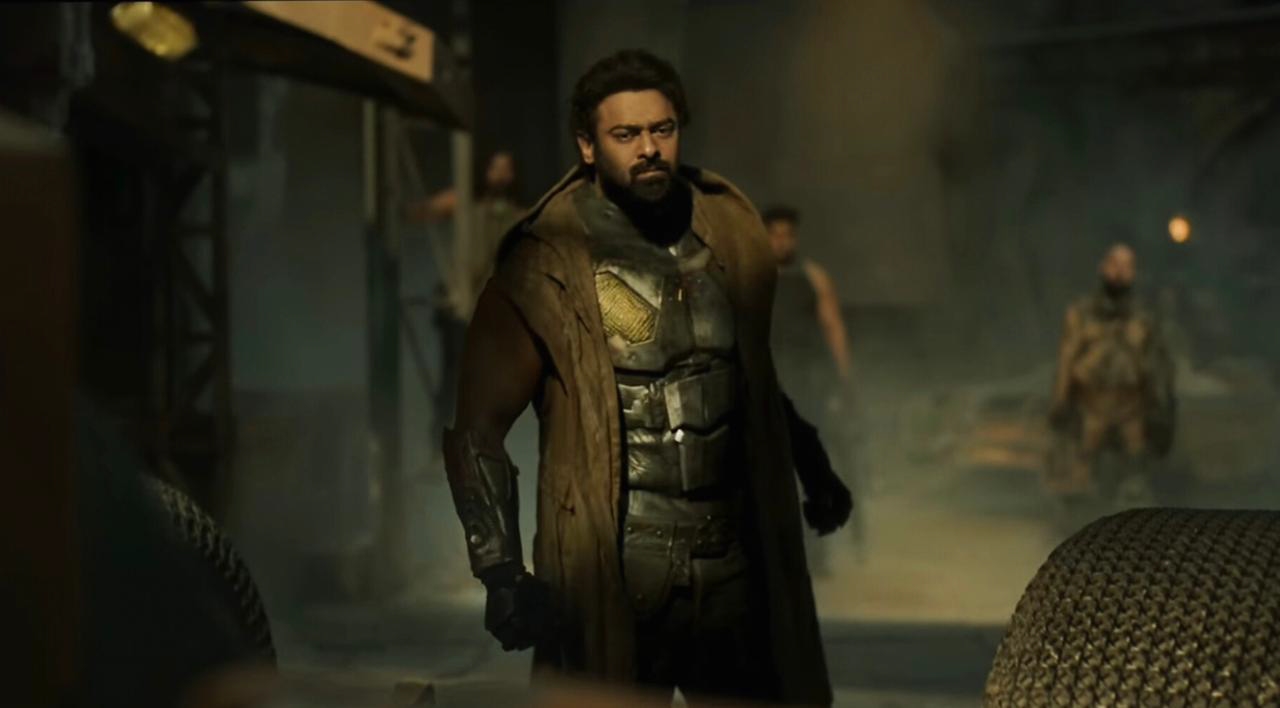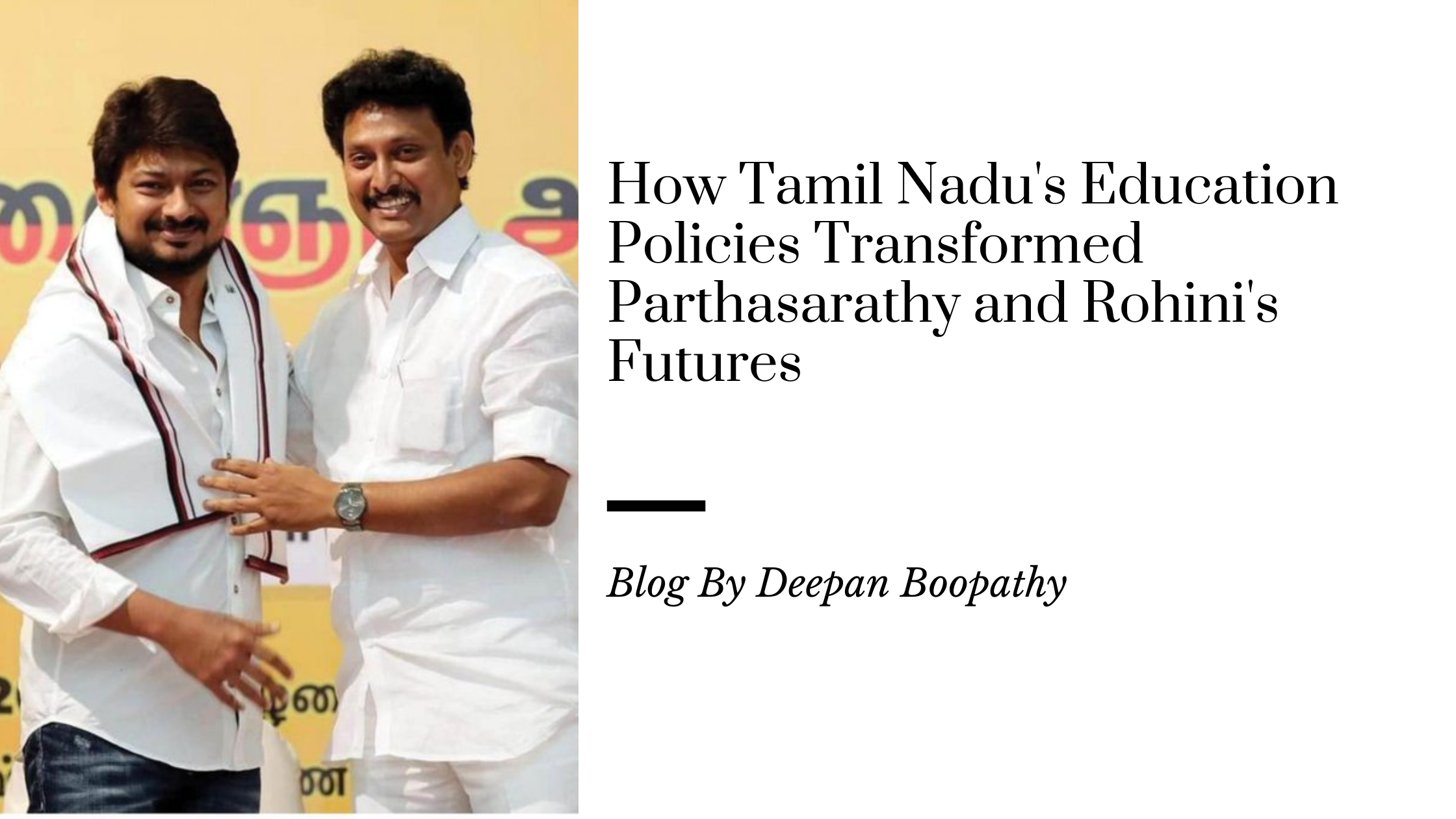Cultural Heritage and Modern Cinema: Striking the Perfect Balance in Tamil Cinema
Tamil cinema, deeply rooted in tradition, has always been a reflection of the rich cultural heritage of Tamil Nadu. Yet, as the world evolves, so too must our films. Balancing the preservation of cultural heritage with the modernity that today’s audiences crave is a challenge—but also an incredible opportunity. This blog explores how Tamil cinema can honor its cultural roots while staying relevant in a rapidly changing world, particularly through upcoming projects that showcase India’s diversity.
The Significance of Cultural Heritage in Tamil Cinema
Tamil cinema has long been a vessel for cultural storytelling. Classic films such as Thiruvilaiyadal and Parashakti celebrated Tamil mythology, classical arts, and societal norms, connecting deeply with audiences who saw their own lives and values reflected on screen. Cultural heritage in cinema is not just about preserving traditions; it’s about telling stories that resonate on a deeper, emotional level. This connection is crucial in maintaining the identity of Tamil cinema, especially in a globalized world where cultures often intermingle and, at times, clash.
However, the challenge arises when attempting to make these traditional narratives appealing to modern viewers, especially younger generations who are more influenced by global trends than ever before. Here, modern storytelling techniques must be employed to make cultural heritage not only accessible but also exciting.
The Rise of Modern Tamil Cinema
The landscape of Tamil cinema has shifted in recent years, with a noticeable trend towards more contemporary, realistic narratives. Films like Aruvi and Super Deluxe are prime examples, tackling modern issues while subtly weaving in cultural elements. These films have resonated with both local and international audiences, proving that it’s possible to stay true to cultural roots while exploring modern themes.
The rise of Over-The-Top (OTT) platforms has further fueled this trend. With the democratization of content, filmmakers now have the freedom to experiment with more diverse and niche subjects that might not have been commercially viable in the traditional box office model. This shift opens up new opportunities for filmmakers to blend cultural heritage with modern storytelling, creating content that is both meaningful and appealing to a wide audience.
My Approach to Balancing Tradition with Modernity
As a film producer deeply invested in the future of Tamil cinema, I am committed to projects that celebrate India’s incredible cultural diversity while addressing contemporary issues. My goal is to create films that entertain, educate, and inspire, all while preserving the essence of our cultural heritage.
One of my upcoming projects, for example, integrates classical Carnatic music within a modern narrative. By doing so, I aim to introduce this traditional art form to younger audiences in a way that feels fresh and relevant. The story may be set in a contemporary world, but the music serves as a bridge to our cultural past, enriching the narrative and providing depth that resonates on multiple levels.
Another project focuses on the stories of rural India—stories that often go untold in mainstream cinema but are rich with cultural significance. These films will be crafted with authenticity and sensitivity, highlighting the universal themes of human experience while preserving the unique cultural elements that make these stories distinctly Indian.
Challenges in Merging Tradition with Modernity
Successfully merging tradition with modernity in cinema comes with its own set of challenges. One of the primary difficulties is ensuring that traditional elements are not perceived as outdated or irrelevant. To avoid this, it’s essential to understand the cultural context deeply while also keeping a finger on the pulse of modern trends and audience expectations.
Another significant challenge is avoiding cultural appropriation or misrepresentation. When incorporating traditional elements into a modern narrative, it’s crucial to do so with respect and authenticity. This means conducting thorough research and, when necessary, consulting cultural experts to ensure that these elements are portrayed accurately and respectfully.
Commercial viability is another concern. Films that are heavily rooted in cultural heritage may not always have mass appeal, particularly in an industry that increasingly favors big-budget productions with broad market appeal. However, with careful planning and strategic storytelling, it’s possible to create films that are both commercially successful and culturally enriching.
The Role of Technology in Bridging Tradition and Modernity
Technology plays a pivotal role in blending tradition with modernity in Tamil cinema. Advanced filmmaking techniques, such as CGI and VFX, can bring mythological tales to life in ways that are visually stunning and engaging for modern viewers. For instance, the use of state-of-the-art visual effects can make historical or mythological settings more immersive, while contemporary editing styles can make traditional narratives more dynamic and relatable.
Sound design is another area where technology can elevate traditional elements. Innovative sound techniques can breathe new life into classical music or traditional dance forms, making them more appealing to younger audiences who might not be familiar with these art forms.
The rise of OTT platforms also offers new opportunities for distributing culturally rich content to a global audience. These platforms allow filmmakers to reach niche audiences who are interested in culturally specific stories, without being constrained by the commercial pressures of traditional box office releases.
The Global Impact of Tamil Cinema
Tamil cinema has the potential to make a significant impact on the global stage, particularly as audiences around the world become more interested in diverse and authentic cultural stories. By balancing cultural heritage with modern storytelling, Tamil films can serve as cultural ambassadors, introducing international audiences to the richness of Tamil Nadu’s traditions while also addressing universal themes that resonate across cultures.
This global perspective is crucial as Tamil cinema continues to evolve. By telling stories that are both culturally specific and universally relatable, we can ensure that Tamil cinema remains relevant and impactful in an increasingly interconnected world.
Conclusion: The Future of Tamil Cinema
Balancing cultural heritage with modern storytelling is not just a creative challenge—it’s a cultural responsibility. As a producer, I am dedicated to creating films that honor Tamil Nadu’s rich cultural legacy while also embracing the innovations and trends of modern cinema.
Through thoughtful storytelling and innovative filmmaking techniques, Tamil cinema can continue to thrive, preserving our cultural heritage for future generations while also engaging and inspiring contemporary audiences. By finding the perfect balance between tradition and modernity, we can ensure that Tamil cinema remains a vibrant and vital part of the global film industry, celebrating the diversity and richness of our cultural heritage while also paving the way for the future.




